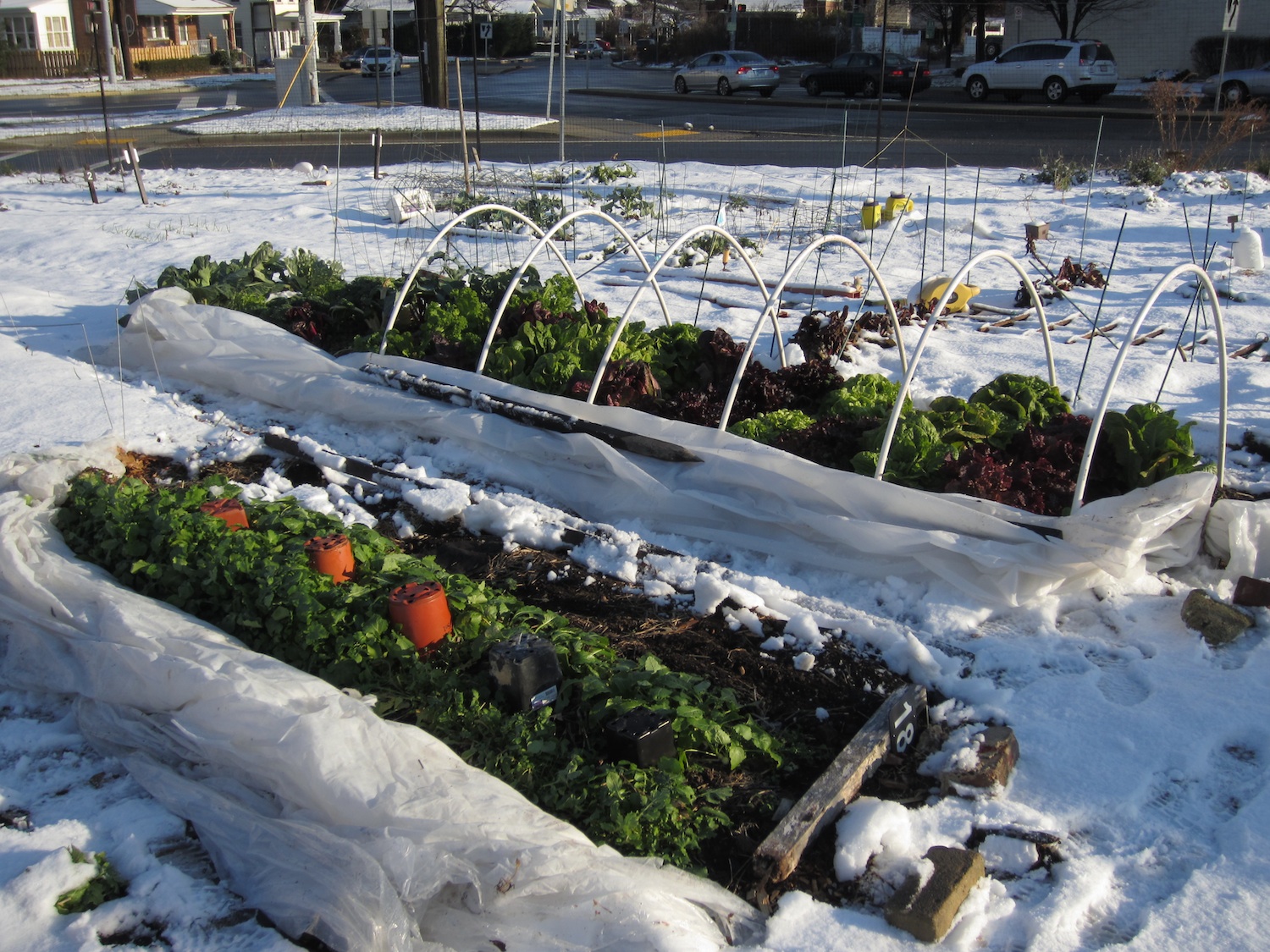How to Grow Winter Onions in Containers: A Step-by-Step Guide

Are you dreaming of a winter harvest but short on garden space? Growing winter onions in containers is the perfect solution. Imagine the satisfaction of plucking fresh, homegrown onions from your balcony or patio during the coldest months. Let's dive into this rewarding journey of container onion growing, tailored for urban onion planting enthusiasts and small space gardeners alike.
Why Grow Winter Onions in Containers?
Winter onions, also known as overwintering onions, are a hardy and versatile choice for container gardening. They require minimal space and can thrive in colder temperatures, making them ideal for winter vegetable gardening. Plus, there's nothing quite like the taste of freshly harvested onions to elevate your winter dishes.
Choosing the Right Varieties for Container Onion Growing
When selecting onion varieties for container gardening, opt for those known for their cold hardiness and compact size. Some excellent choices include:
- 'White Lisbon': A popular winter onion variety known for its mild flavor and excellent cold tolerance.
- 'Red Baron': A red onion variety that performs well in containers and offers a delightful, mild flavor.
- 'Evergreen Bunching': A green onion variety that grows well in containers and provides a continuous harvest.
Essential Tools and Materials
Before you start, gather the following essentials:
- Containers: Choose deep pots (at least 8-10 inches) with good drainage.
- Potting Soil: Use a well-draining, nutrient-rich potting mix.
- Onion Sets or Seeds: Opt for sets for quicker results, or seeds if you prefer starting from scratch.
- Fertilizer: A balanced, slow-release fertilizer will keep your onions healthy.
- Watering Can: Ensure consistent moisture for your onions.
Step-by-Step Guide to Growing Winter Onions in Containers
Step 1: Prepare Your Containers
Select containers that are at least 8-10 inches deep to accommodate the onions' root systems. Ensure they have adequate drainage holes to prevent waterlogging. Fill your containers with a well-draining potting mix enriched with compost or a slow-release fertilizer.
Step 2: Planting Your Onions
If using onion sets, plant them about 1-2 inches deep and 2-3 inches apart. For seeds, sow them about 1/4 inch deep and thin them to 2-3 inches apart once they sprout. Water gently after planting to settle the soil around the sets or seeds.
Step 3: Provide Optimal Growing Conditions
Place your containers in a location that receives at least 6-8 hours of sunlight daily. Onions thrive in cool temperatures but still need ample light. Water consistently, ensuring the soil remains evenly moist but not waterlogged.
Step 4: Onion Care Tips
- Fertilize Regularly: Apply a balanced, slow-release fertilizer every 4-6 weeks to promote healthy growth.
- Monitor for Pests and Diseases: Keep an eye out for common onion pests like onion maggots and diseases like onion rot. Treat promptly with organic or chemical solutions as needed.
- Mulch: Add a layer of organic mulch to retain moisture and suppress weeds.
Step 5: Harvesting Your Winter Onions
Winter onions are typically ready to harvest in late spring or early summer. You'll know they're ready when the tops begin to yellow and fall over. Gently pull the onions from the soil, brush off any excess dirt, and allow them to cure in a dry, shady spot for about 2-3 weeks.
Troubleshooting Common Issues
Yellowing Leaves
If your onion leaves are turning yellow, it could be a sign of overwatering or underwatering. Check the soil moisture and adjust your watering schedule accordingly.
Slow Growth
Slow growth can be due to insufficient sunlight or nutrient deficiencies. Ensure your onions are getting enough light and consider applying a balanced fertilizer to boost growth.
Pests and Diseases
Regularly inspect your onions for signs of pests or diseases. Early detection and treatment can prevent significant damage to your crop.
Conclusion
Growing winter onions in containers is a rewarding endeavor that brings the joy of fresh produce right to your doorstep. With the right varieties, optimal growing conditions, and a bit of care, you can enjoy a bountiful harvest even in the coldest months. So, why wait? Start your container onion growing journey today and reap the benefits of homegrown goodness.
FAQs
1. What are the best containers for growing winter onions?
Deep pots with good drainage, at least 8-10 inches deep, are ideal for growing winter onions. Ensure they have adequate drainage holes to prevent waterlogging.
2. How often should I water my container onions?
Water your onions consistently, ensuring the soil remains evenly moist but not waterlogged. Aim for about 1 inch of water per week, adjusting based on weather conditions.
3. Can I grow winter onions from seeds?
Yes, you can grow winter onions from seeds. Sow them about 1/4 inch deep and thin them to 2-3 inches apart once they sprout. However, starting from sets can provide quicker results.
4. How do I know when my winter onions are ready to harvest?
Winter onions are typically ready to harvest in late spring or early summer. You'll know they're ready when the tops begin to yellow and fall over.
5. What should I do if my onion leaves are turning yellow?
Yellowing leaves can be a sign of overwatering or underwatering. Check the soil moisture and adjust your watering schedule accordingly. If the problem persists, it could be a nutrient deficiency or disease, so further investigation may be needed.


By following these steps and tips, you'll be well on your way to a successful winter onion harvest. Happy gardening!
0 Response to "How to Grow Winter Onions in Containers: A Step-by-Step Guide"
Post a Comment